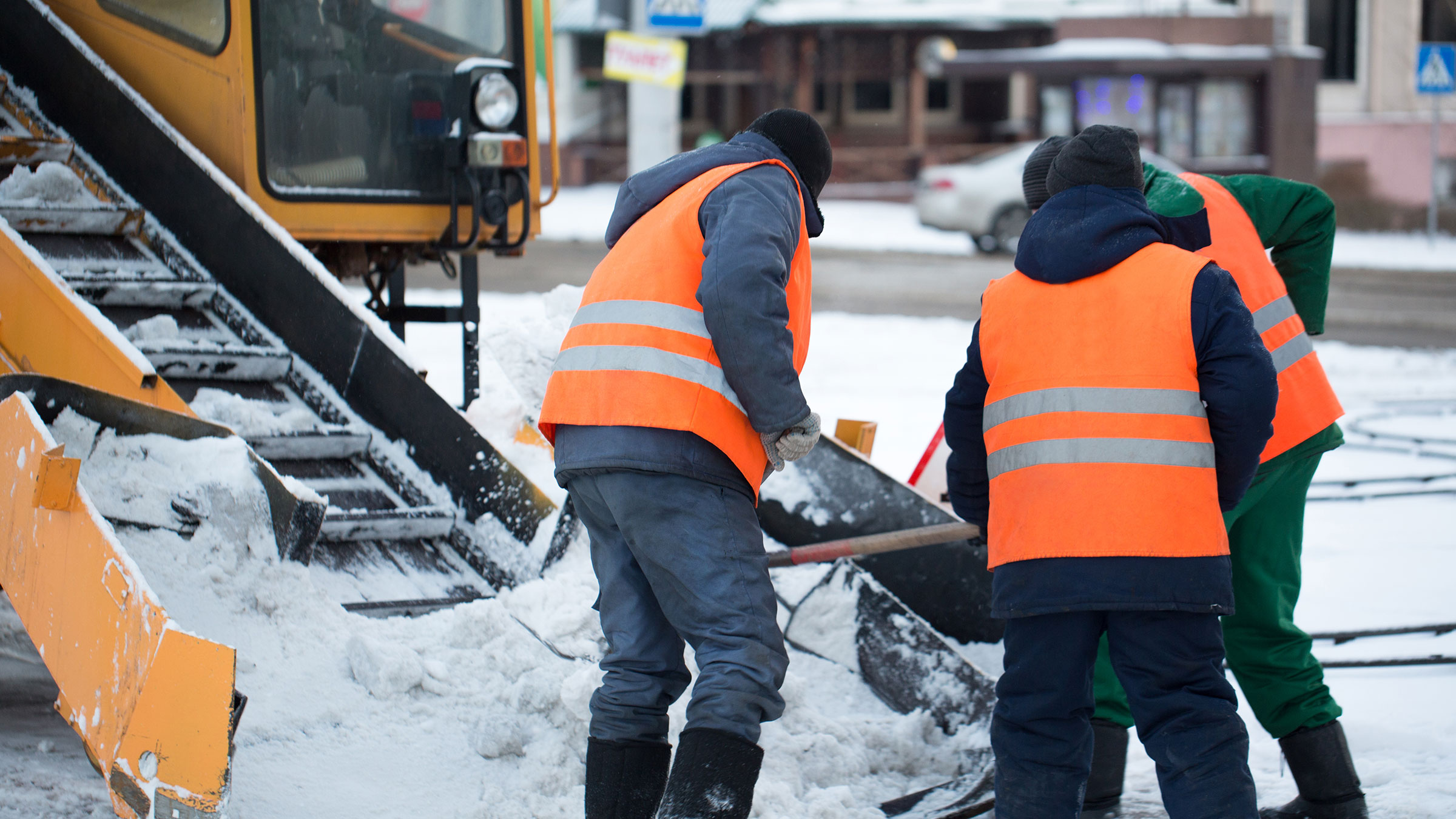Jan 31, 2025
Protecting Your Employees From Harsh Winter Weather
Brian Clausen, Copy Editor
Winter weather often brings temperatures that plunge below zero degrees, and wind chills even farther below that. For those unable to work remotely, this presents a nightmare scenario of choosing to still go to work in potentially lethal conditions.
This is where companies need to work with their employees to ensure they’re staying safe. The Occupational Safety and Health Administration (OSHA) urges vigilance when severe cold — or heat — is imminent.
What Does OSHA Say About Protecting Employees?
OSHA technically has no regulations that explicitly describe what companies should do to protect their employees from bad weather, but OSHA still stipulates that employers have an obligation to provide, “a place of employment which are free from recognized hazards.” Taking that into account, there are many considerations a company can make for their employees:
Travel to/from work and meetings:
There’s no reason to put people at risk, especially given hybrid working capabilities. If meeting remotely isn’t an option, then delay the meeting. Few things are important enough to risk someone getting injured in a car accident on icy roads.
Provide plenty of breaks:
This is especially true if you have anyone working outdoors. They should be given ample time indoors to dry damp clothes and raise their body temperature. Consider providing personal protective equipment (PPE) for these workers as well. If possible, have relief worker(s) ready so more breaks can be taken.
Make indoor spaces comfortable:
OSHA recommends keeping indoor spaces between 68 and 75 degrees. Allow space heaters to be used at their desk, or anything else that makes their work environment comfortable, so long as it doesn't disrupt others.
While most of this is to help prepare those working outdoors or in uninsulated indoor spaces for potentially harsh weather conditions, the same principles and protections can be extended to office workers as well. They might not be able to dig their car out of heavy snow, or their tires might have deflated due to the frigid air. If the heat should stop working or a pipe burst in the office building, know who to call ahead of time. Have contingencies in place so that you can be as prepared as possible to address cold weather when it happens.
Cold Weather Preparedness for In-Office Employees
For all employees who come into the office, OSHA has numerous recommendations for keeping everyone comfortable during the routine winter weather, and ensuring safety should catastrophic events like drastically low wind chill or blizzards come to the area.
Routine maintenance:
Check furnace and pipe function, and have employees report if they feel any drafts coming in through closed windows. Worn parts or exposed wiring can worsen in cold temperatures.
Clear entrances and exits:
Snow and ice can make company property treacherous. Salt the entryways and parking lots so driving and walking is made as safe as possible for employees. For those working outdoors, remind employees to wear shoes with good traction. If ladders are necessary to clear snow and ice, ensure they're used safely.
Monitor conditions:
If weather begins to deteriorate, or it's forecasted to do so, allow employees to leave the office early so they can make it home before the worst arrives. It’s best to be proactive. If harsh weather is predicted overnight, tell employees the day before that they can work from home.
These plans should be in writing and made easily accessible for all employees to read. Taking the time to have these precautions in place will save a lot of time and money down the road. Your employees will appreciate the time you took to be proactive and protect their safety.
Brian Clausen
Copy Editor
Brian Clausen is a copy editor at SkillPath. He has been with SkillPath for seven years, and his writings have appeared on LendingTree, Shutterfly, and Dopplr.
Latest Articles
Article Topics
